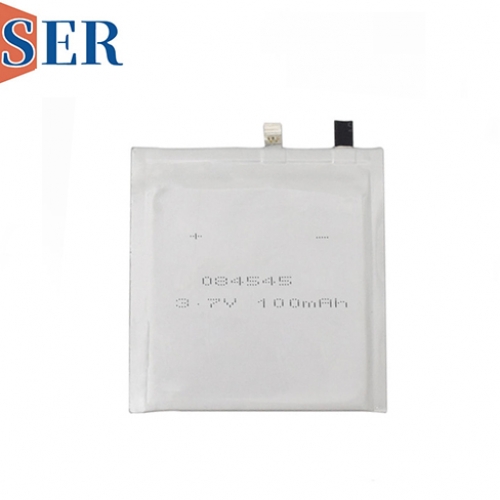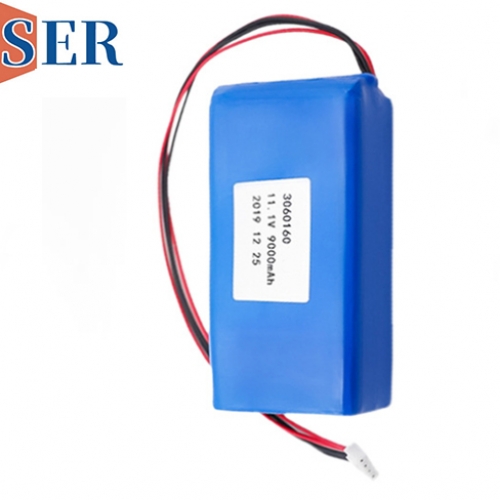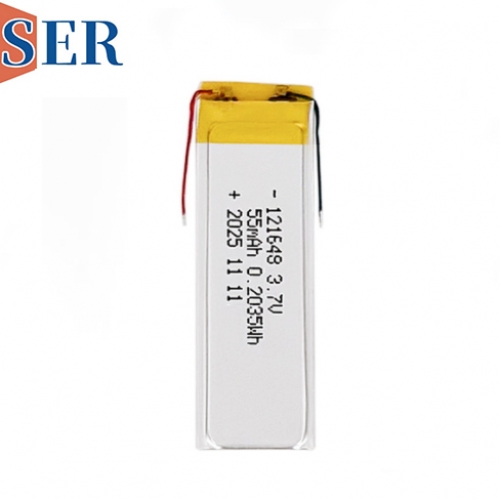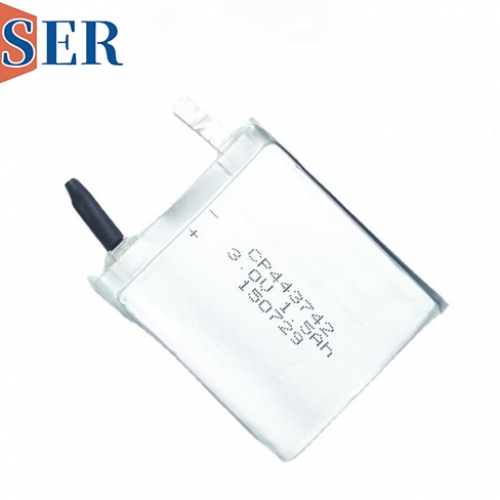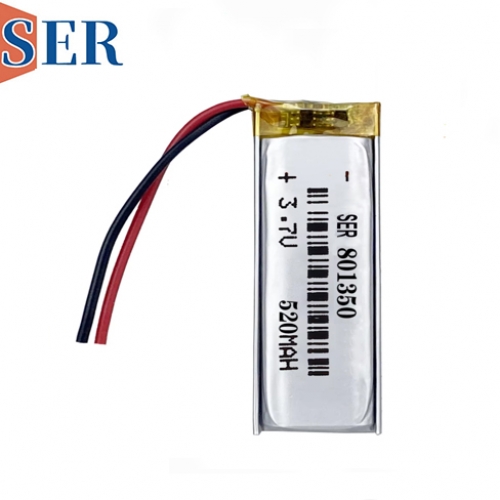Customized 3.6V Li-SCOL2 Primary Lithium Batteries (ER26500, SPC1520, 26500H, 261520) for IoT Meter Applications
Customized 3.6V Li-SCOL2 Primary Lithium Batteries (ER26500, SPC1520, 26500H, 261520) for IoT Meter Applications
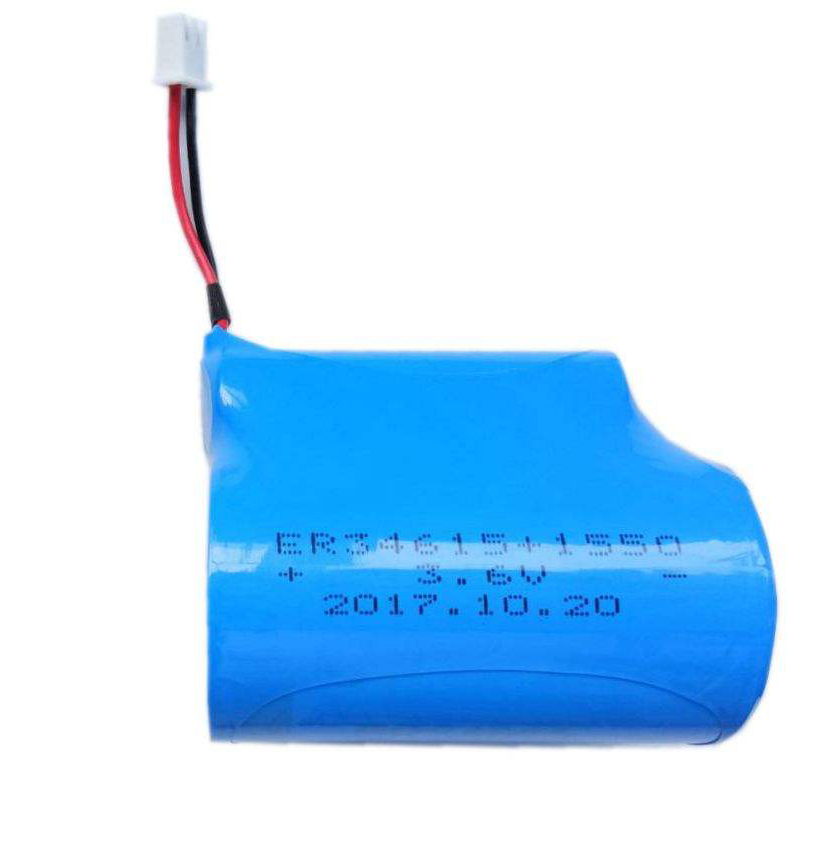
Abstract
The Internet of Things (IoT) ecosystem relies heavily on reliable, long-lasting power sources to support millions of connected devices worldwide. Among these, primary lithium batteries, particularly the 3.6V Li-SCOL2 (ER26500, SPC1520, 26500H, 261520), have emerged as a cornerstone for IoT meter applications due to their high energy density, stable voltage output, and extended operational lifespan. This article delves into the technical specifications, advantages, customization options, and real-world applications of these batteries, providing a holistic resource for engineers, procurement managers, and IoT solution providers.
1. Introduction to Primary Lithium Batteries in IoT
The proliferation of IoT devices—such as smart meters, environmental sensors, and industrial monitors—has created a demand for batteries that combine high energy density, low self-discharge rates, and wide temperature tolerance. Primary lithium batteries, unlike rechargeable alternatives, are designed for single-use applications where long-term reliability and minimal maintenance are critical.
The Li-SCOL2 chemistry, a subtype of lithium-thionyl chloride (Li-SOCl₂), stands out for its ultra-high energy density (up to 720 Wh/kg) and stable 3.6V nominal voltage, making it ideal for low-power IoT devices requiring decade-long operation.
2. Technical Specifications of Li-SCOL2 battery ER26500/SPC1520/26500H/261520
2.1 Key Parameters
Nominal Voltage: 3.6V
Capacity: 8,500mAh (typical)
Chemistry: Lithium-thionyl chloride (Li-SOCl₂) with carbon-based cathode (SCOL2 variant)
Dimensions:
ER26500: 26.2mm (diameter) × 50.0mm (length) (C-size equivalent)
SPC1520/261520: Custom dimensions (e.g., 26mm × 15.2mm for ultra-slim profiles)
Weight: ~45g (varies by model)
Operating Temperature Range: -40°C to +85°C
Self-Discharge Rate: <1% per year (at 20°C)
Shelf Life: 10+ years (when stored at 23°C ± 5°C)
2.2 Performance Characteristics
High Open-Circuit Voltage (OCV): Approximately 3.66V when fresh, maintaining >3.3V for most of its discharge cycle.
Low Internal Resistance: Enables high pulse capabilities (up to 200mA for short durations), critical for devices requiring intermittent high-power bursts (e.g., wireless transmission).
Flat Discharge Curve: Voltage remains stable until near depletion, simplifying power management in IoT circuits.
Safety Certifications: Compliant with IEC 60086-4, UN 38.3, and RoHS/REACH directives, ensuring global market access.
3. Advantages of Li-SCOL2 Batteries for IoT Meters
3.1 Longevity and Reliability
IoT meters, such as electricity, gas, or water meters, are often deployed in hard-to-reach locations and require 10+ years of operation without battery replacement. The Li-SCOL2’s low self-discharge rate (<1% annually) and high energy density ensure uninterrupted service, reducing maintenance costs and downtime.
3.2 Wide Temperature Tolerance
Many IoT applications operate in extreme environments, from Arctic cold to desert heat. The Li-SCOL2’s -40°C to +85°C range ensures consistent performance in:
Smart grids: Monitoring electricity usage in outdoor substations.
Agricultural sensors: Tracking soil moisture in freezing winters or scorching summers.
Industrial automation: Powering sensors in heated manufacturing plants or cold storage facilities.
3.3 Cost-Efficiency Over Lifetime
While primary lithium batteries have a higher upfront cost than alkaline or lithium-manganese dioxide (Li-MnO₂) cells, their 10× longer lifespan translates to lower total cost of ownership (TCO). For example, replacing an alkaline battery every 2 years in a smart meter would cost 5× more over a decade than a single Li-SCOL2 cell.
3.4 Environmental Sustainability
Li-SOCl₂ batteries are mercury-free and classified as non-hazardous waste under most regulations (though recycling is recommended). Their long lifespan also reduces electronic waste, aligning with global sustainability goals.
4. Customization Options for IoT Applications
4.1 Form Factor Adaptations
The ER26500 (C-size) is a standard option, but IoT devices often require non-standard dimensions. Manufacturers offer customized sizes like:
SPC1520/261520: Slim profiles (26mm × 15.2mm) for compact sensors.
26500H: High-capacity variants with thicker casings for specialized applications.
Coiled or prismatic designs: For space-constrained devices (e.g., wearables, medical implants).
4.2 Electrical Enhancements
Hybrid Layers: Combining Li-SOCl₂ with a lithium-manganese dioxide (Li-MnO₂) cathode improves high-rate discharge performance for devices needing frequent wireless updates.
Protected Circuits: Adding over-discharge, over-current, and short-circuit protection for safety-critical applications (e.g., gas meters).
4.3 Packaging and Labeling
Custom Labels: Branding, QR codes, or serial numbers for traceability.
Anti-counterfeiting Features: Holographic seals or RFID tags for supply chain security.
Bulk Packaging: Trays, blisters, or tape-and-reel formats for automated assembly lines.
5. Real-World Applications
5.1 Smart Energy Meters
Li-SCOL2 batteries power automatic meter reading (AMR) and advanced metering infrastructure (AMI) devices, transmitting consumption data to utilities via cellular or LoRaWAN networks. Their 10-year lifespan matches the typical deployment cycle of smart meters, eliminating battery-related service disruptions.
5.2 Environmental Monitoring
In precision agriculture, soil moisture sensors and weather stations rely on Li-SCOL2 batteries to operate in remote fields for years without intervention. Similarly, air quality monitors in urban areas use these batteries to transmit PM2.5 data to central servers.
5.3 Industrial IoT (IIoT)
Predictive Maintenance Sensors: Vibration and temperature sensors on factory machinery use Li-SCOL2 batteries to send alerts about equipment health, preventing costly breakdowns.
Asset Tracking: GPS-enabled logistics trackers depend on these batteries for long-haul shipments, where frequent replacements are impractical.
6. Challenges and Mitigations
6.1 High Initial Cost
Solution: Emphasize TCO calculations to justify the upfront investment. Offer volume discounts for large-scale IoT deployments.
6.2 Transportation Restrictions
Lithium batteries are classified as Class 9 hazardous materials under IATA/DOT regulations.
Solution: Partner with certified logistics providers and ensure compliance with packaging standards (e.g., UN 3090).
6.3 Disposal and Recycling
While non-toxic, lithium batteries require proper recycling to recover valuable metals.
Solution: Collaborate with e-waste recyclers or provide take-back programs to end-users.
7. Future Trends
7.1 Integration with Energy Harvesting
Hybrid systems combining Li-SCOL2 batteries with solar or RF energy harvesting could extend IoT device lifespans to 20+ years, enabling "fit-and-forget" deployments.
7.2 Advances in Battery Management ICs
Smart power management chips will optimize discharge profiles, further maximizing the usable capacity of Li-SCOL2 cells in low-power IoT applications.
7.3 Sustainable Materials
Research into cobalt-free cathodes and biodegradable casings aims to reduce the environmental impact of lithium batteries without compromising performance.
8. Conclusion
The customized 3.6V Li-SCOL2 primary lithium battery (ER26500, SPC1520, 26500H, 261520) represents a pinnacle of energy storage technology for IoT meters, offering unmatched longevity, reliability, and adaptability. By leveraging customization options and addressing deployment challenges, manufacturers and IoT solution providers can unlock the full potential of these batteries, driving innovation across smart cities, agriculture, and industry.
As the IoT market grows exponentially—expected to reach 29 billion connected devices by 2030—the demand for high-performance, low-maintenance power sources like Li-SCOL2 will only intensify. Proactive collaboration between battery suppliers, device designers, and end-users will be key to meeting this demand sustainably and efficiently.

